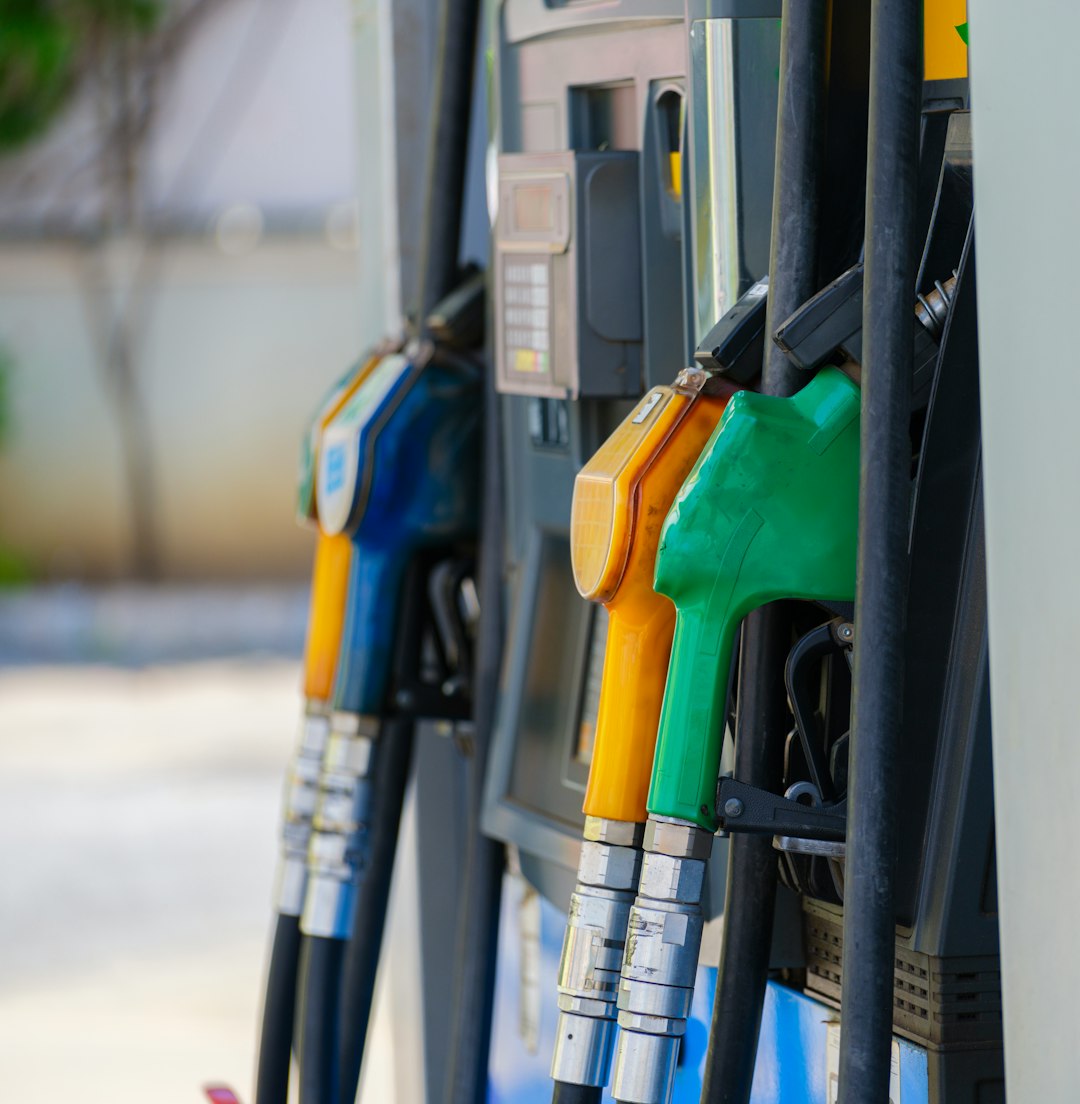
BP (NYSE:BP) on Friday projected higher oil output and strong trading performance for the second quarter, though weaker price realizations across key upstream segments are expected to weigh on earnings.
Shares rose 2.2% following the update.
BP’s upstream production increased quarter-on-quarter, driven by:
Higher volumes from bpx energy in the U.S.
Slightly higher output in the gas and low-carbon energy segment
However, gas and low-carbon energy realizations declined by $0.1B–$0.3B, while the oil production and operations segment saw a sharper drop of $0.6B–$0.8B, primarily due to unfavorable pricing in the U.S. and UAE.
To track BP's segment-wise performance and price impact on revenue, the Revenue Product Segmentation API offers detailed breakdowns by business vertical and geography.
BP’s downstream segment saw strength from:
Seasonal volume increases
Refining margin improvements, contributing $0.3B–$0.5B
A strong oil trading environment
The company’s refining marker margin rose to $21.10/bbl in Q2 from $15.20/bbl in Q1. However, Brent crude prices slipped to $67.88/bbl from $75.73, while Henry Hub natural gas fell to $3.44/mmBtu from $3.71/mmBtu.
For real-time and historical crude oil, gas, and refined product benchmarks, the Commodities API enables detailed price monitoring across major global indices.
Net debt expected to be slightly lower QoQ
Post-tax adjusting items forecast at $0.5B–$1.5B, excluded from underlying profit
Capital expenditure guidance unchanged at ~$14.5B
Divestment proceeds of $3B–$4B remain on track for H2
Gulf of Mexico spill payments expected at $1.2B pre-tax, with $1.1B in Q2
Effective tax rate around 40%
Despite pressure from regional pricing differentials and weaker realizations, BP’s operational performance and refining margins present a resilient earnings backdrop for Q2. With strong oil trading and stable capex, investor focus now shifts to execution in H2 as divestments and cost discipline take center stage.